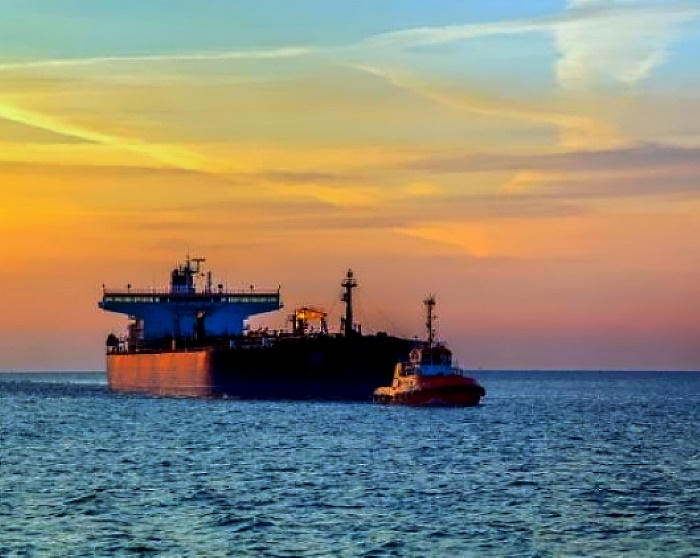Russian diesel is still in play along various trade routes despite G7 and EU price caps that started Feb. 5, executives with clean and chemical tanker owner and operator Ardmore Shipping said Feb. 14.
The refined product tanker market saw a buying spree of diesel leading up to the winter, “with the situation currently evolving,” Chief Commercial Officer Gernolt Ruppelt said during Ardmore’s fourth-quarter 2022 earnings call.
Russian diesel loadings in December rose about 4 million barrels to 88 million barrels, from November, according to data from S&P Commodity Insights Commodities as Sea.
“Russia has only two major buyers for their crude oil, China and India,” Rupplet said. “But for diesel, more countries accept diesel as such there are more receivers.”
Since then, Russian diesel loadings have dropped to 73 million for January and currently sit at 13 million so far in February.
G7 refined product price cap impact
“The world cannot live on diesel alone,” said Ruppelt in response to the seeming pressure to producediesel at the expense of naphtha and gasoline. “This could kick off the next long-haul arbitrage, with a positive impact on tanker demand,” he added.
Ton mile demand has shown to have multiplied, where potential new or additional trade flows are emerging, according to the company’s earnings presentation. Diesel exports from Russia into Europe used to take roughly four to six days, whereas from Houston to Rotterdam, “We are looking at voyages four times as long from Houston,” Ruppelt said. Conversely, voyages are running five times longer from the Persian Gulf into Europe and 10 times as long from the Far East.
“Traders booking ships loading in Houston, ask for discharge options in Poland, which is new,” Ruppelt said.
Aging fleet to make headwinds for energy transitions
As part of Ardmore’s Energy Transition Plan, the tanker company is to have a $10 million capital expenditure fitting six tankers with carbon capture scrubbers during regularly scheduled drydocks.
This will filter, neutralize and reduce water discharge by a third of the amount of the industrywide standard scrubbers. Carbon capture and storage is part of the production pathway into alternative bunker fuels, notably blue ammonia.
However, the IMO 2050 goal is set for a 70% reduction target in carbon intensity and the current fleet of tankers is aging, and with the added industry stress the net fleet growth is expected to turn negative in 2024, while ton-mile growth is expected to increase to 3.5% for both 2023 and 2024, according to the company’s estimates.
“This is the widest supply and demand gap we have seen in a very long time,” Ruppelt said.
Given the aging fleet, it begs the focus on what pivots the maritime industry for energy transitions. To minimize brash disruptions, more engagement is expected to focus on non-petroleum employments, such as vegetable oil programs that are known of in Argentina, and a focus on bio-feedstocks and biofuel blending.
“The conversation in the market is shifting quite a bit, but the winner has yet to emerge,” Ruppelt said.
Ardmore has 27 Medium Range tankers in operation, including five chartered-in ships, with 21 MR tankers ranging from 45,000 dwt to 49,999 dwt and six Eco-Design IMO 2 product/chemical tankers ranging from 25,000 dwt to 37,800 dwt. The company has also been commercially managing three of Carl Büttner’s 24,000 dwt chemical tankers since March 2021.
Source: Hellenic Shipping News






